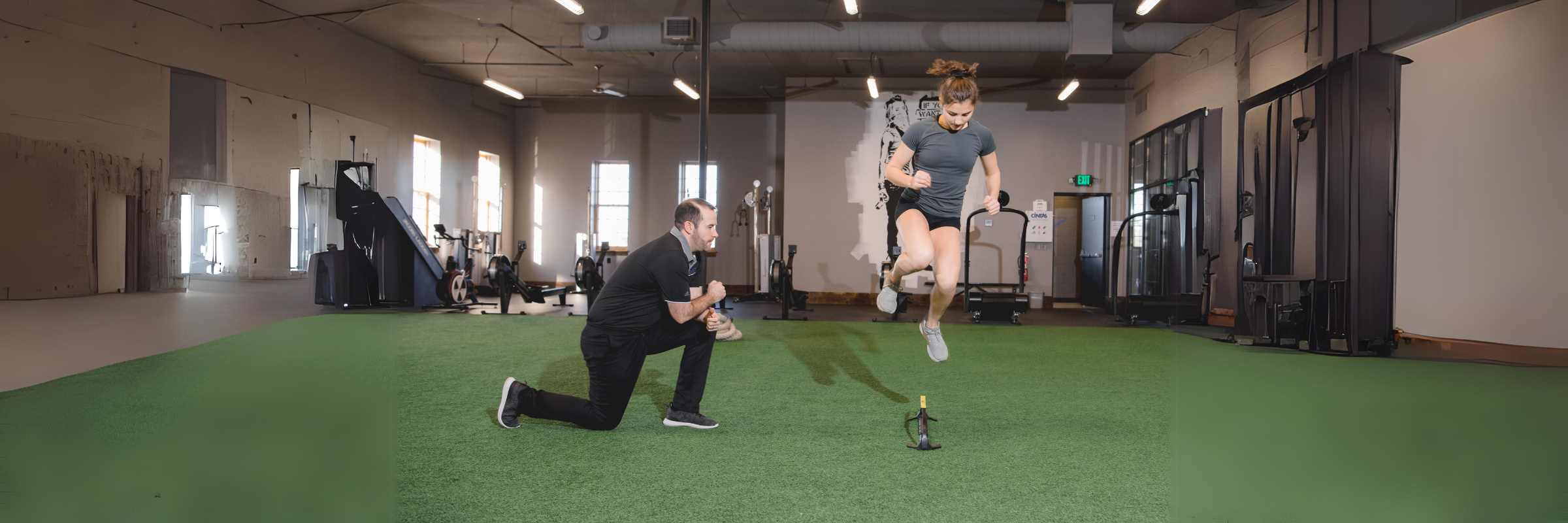
Milwaukee ACL Physical Therapy

What You Need to Know
Athletes who have experienced an ACL injury have a 30 percent chance of injuring their opposite ACL or re-tearing the same ACL within 2 years of return to play. And, about 45 percent of athletes who had an ACL injury do not return to their previous level of sport. These statistics are not acceptable!
If your ACL tears, you only have a 1 in 2 chance of returning to your prior level of play, and, if you do, you have a 1 in 3 chance of a similar injury. Why would anyone accept these odds? And is there a better answer? The good news is you can reduce the risk of re-injury and improve your chances of full recovery through proper rehabilitation and objectively testing your knee before you return to sport.
The ACL Success Roadmap
Here's how it works:
-
Step 1: Range of Motion
-
Step 2: Restore
-
Step 3: Speed and Agility
-
Step 4: Testing
-
Step 5: Maintain

Step 1: Range of Motion
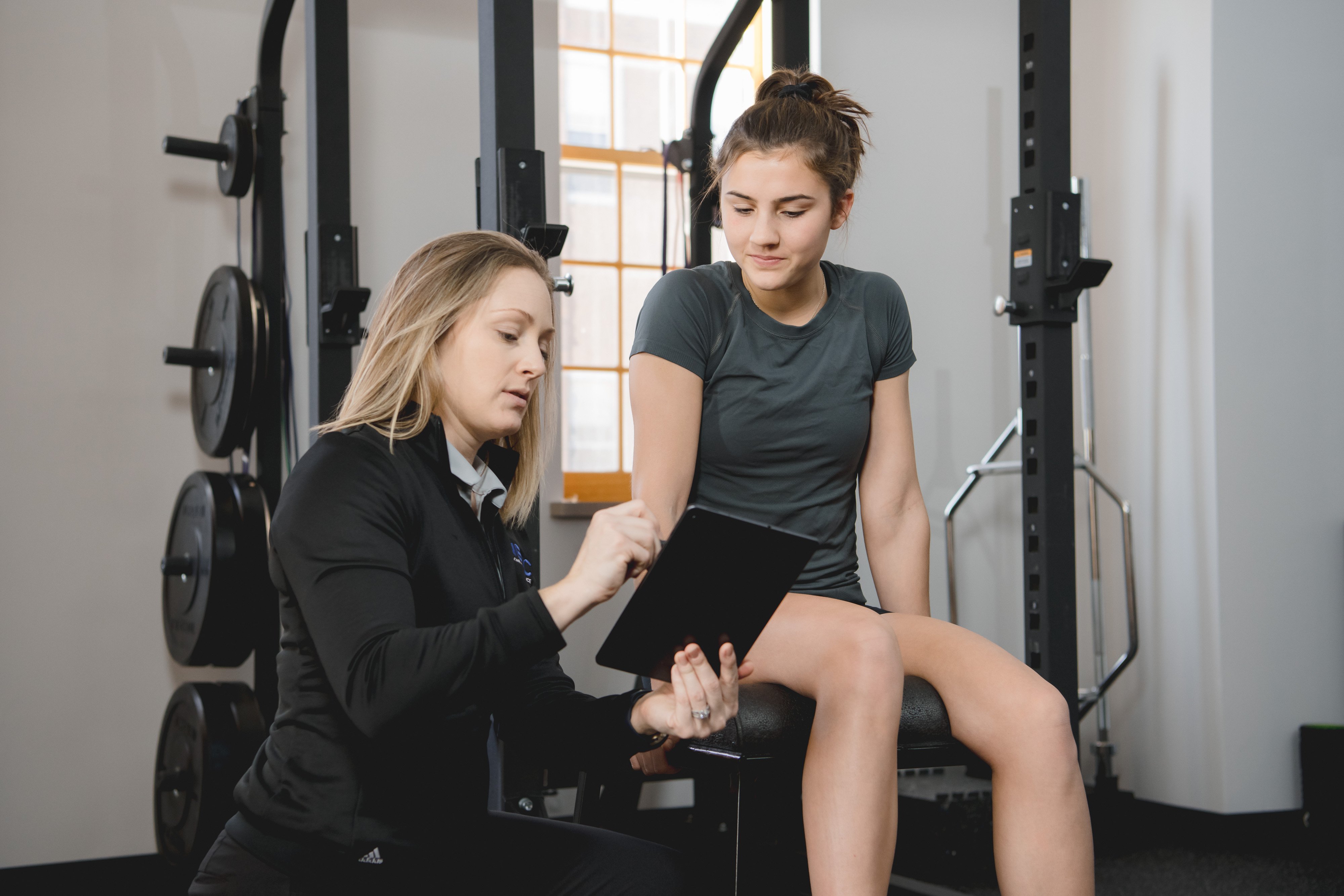
Maintain Strength, Fitness, and Restore Range of Motion
Following surgery, your muscles immediately start to lose mass and strength. The more we can do in the early phases of your rehab to decrease the loss of strength and muscle mass the faster we will be able to progress in the late stages of your rehab.
A key component in the first phase of rehab is to restore your range of motion. Immediately following surgery your knee will be very tight. Restoring your full range of motion-especially the ability to straighten your knee right away- is critical to making a complete recovery.
We also know that you only had surgery on one leg. We will guide you to continue training the other leg and your upper body while selecting safe options to maintain your cardiovascular fitness levels as you recover.

Step 2: Restore
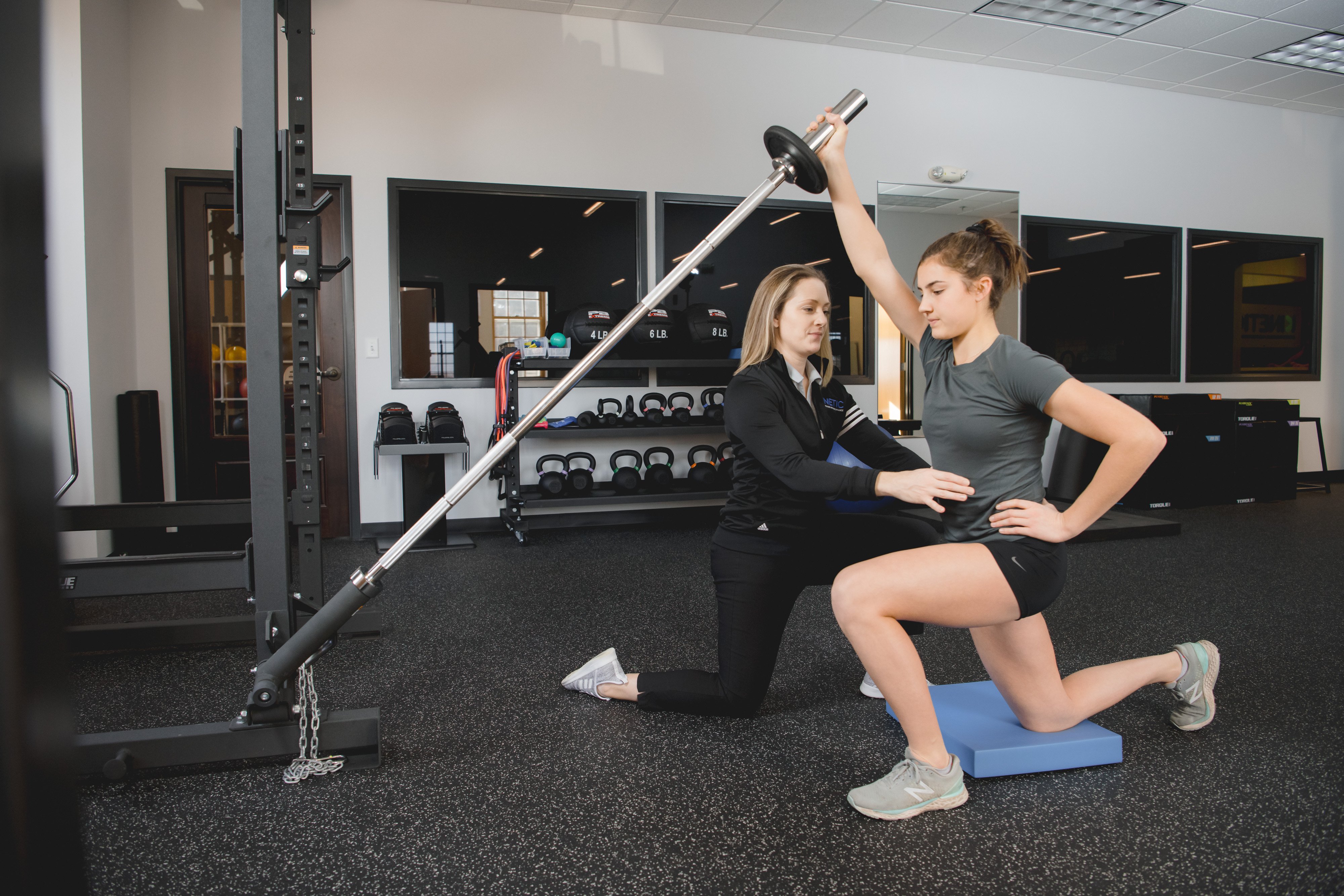
Restore Physical Capacity
In Step 2 – the middle stage of your rehabilitation – we work with you to restore base levels of strength and power. Our Doctors of Physical Therapy are uniquely qualified to help during this phase as are certified strength and conditioning professionals. These experts will design thorough programs to guide you step by step. And then you put the work in to achieve the progress you are seeking.

Step 3: Speed and Agility
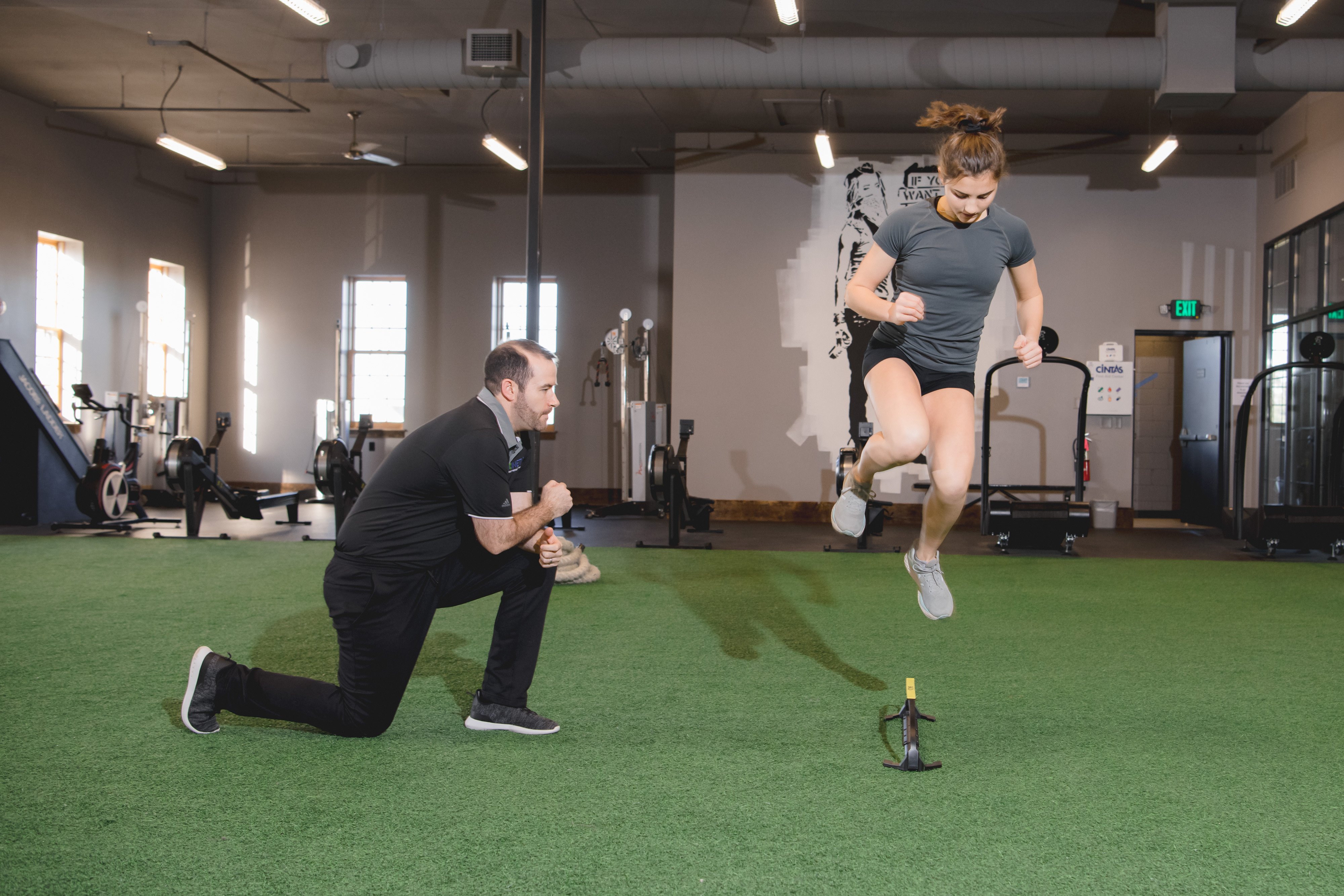
Speed and Agility
Once you have achieved the basic levels of range of motion, strength and power, we incorporate these capacities into dynamic movement to simulate activity you will do on the field.
Working one-on-one with your Doctor of Physical Therapy, you will sprint, cut and stop to ensure that you can move with good mechanics and are comfortable with all of these skills before you return to practice or a game.

Step 4: Testing

Testing and Return to Play
Every athlete’s recovery is different. So, the only way to know for sure that your body is fully healed is to measure and track your progress. Then we know whether the program is working and make sure you return to the field when you have fully recovered.
Passing even the most basic objective test protocols has been shown to decrease the risk of a second ACL tear by as much as 84 percent. Unfortunately, most medical professionals are not objectively testing athletes before making return to play recommendations. In one recent study, only 14 percent of physical therapists reported using any objective measurement other than time elapsed since the surgery before allowing an athlete to return to the field. The passage of time alone will not heal and strengthen your leg.

Step 5: Maintain
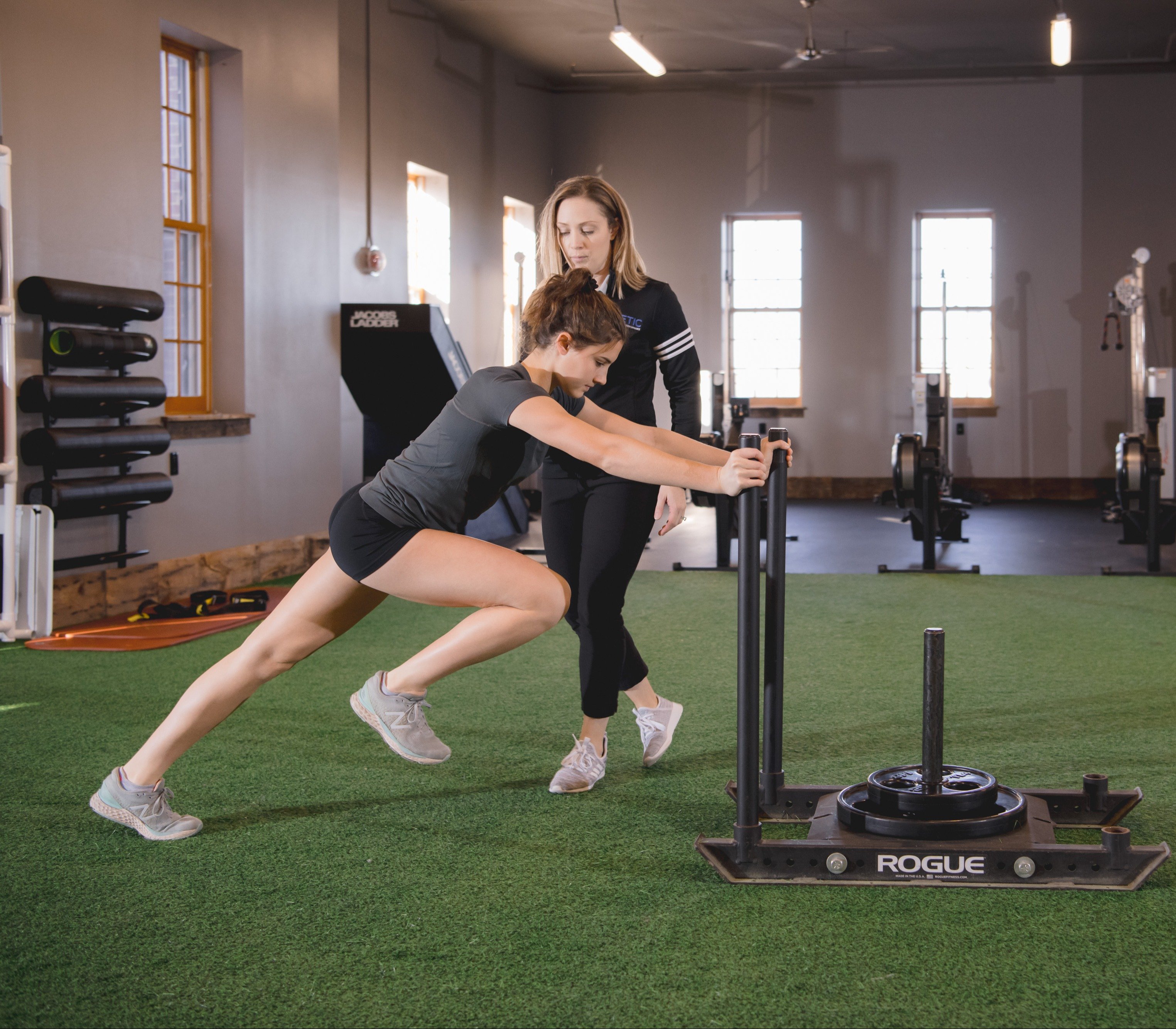
Maintain Performance
Perhaps the most important step in reducing your risk of re-injury is to follow a disciplined maintenance program. You will leave our clinic with a complete plan for your return-to-sport and maintenance throughout the season and beyond.
We will provide you with a detailed and evidence-based warm up protocol proven to reduce your risk of re-injury. And, you will have an in-season strength training workout you will need to complete to maintain your strength in season.
Finally, we offer periodic re-assessments for up to 2 years after your injury to monitor any changes and to ensure the asymmetries between your injured and uninjured legs (that you worked so hard to eliminate during your rehabilitation) have not returned.
The combination of the right rehab program, objective measurement of your readiness to return to play and a comprehensive maintenance program will help you beat the odds and enjoy competing in your favorite sport!
Ready to start working with
Milwaukee's ACL Rehab Experts?
ACL injuries are no joke, especially for an athlete. We are experts not only in properly healing your new knee, but in getting you back to peak performance! Talk with one of our doctors of physical therapy who specializes in ACL therapy to discover a plan to get you back to your best today.
Remember:
- No two ACL rehabs are the same, yours should be personalized and individualized to you
- Not all physical therapists specialize in ACL rehab
- Your ACL rehab can begin before you even have surgery
.png)